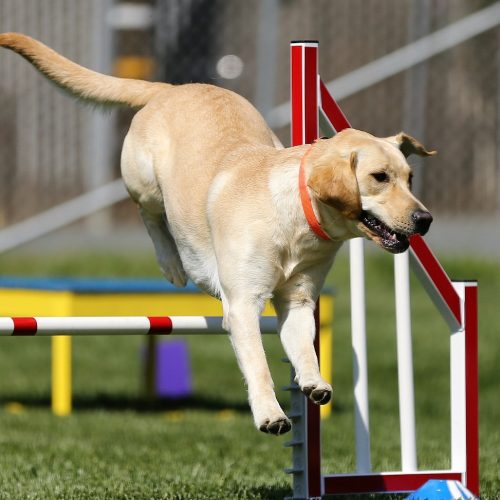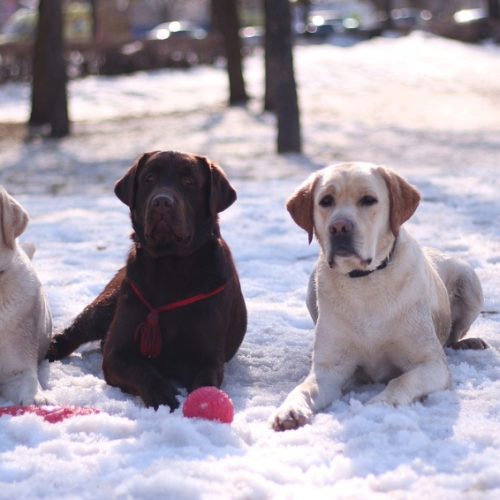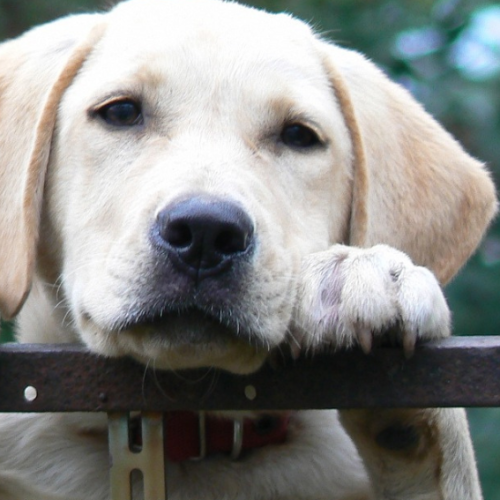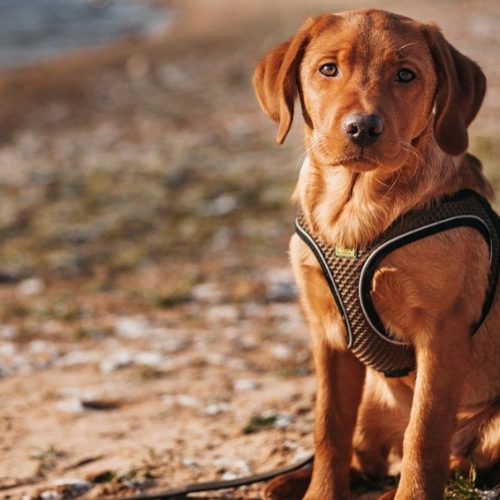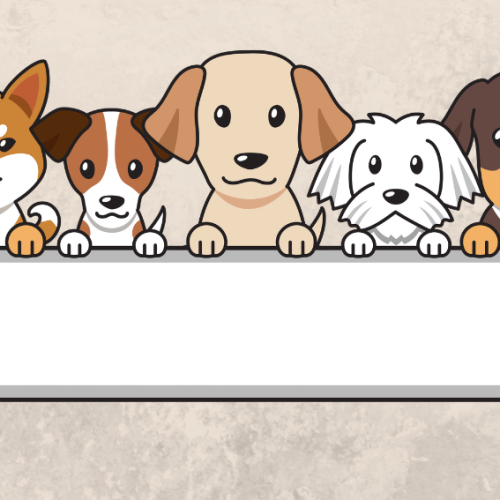One of the most common questions dog owners have is why male dogs have nipples. Unlike female mammals, male dogs do not produce milk or nurse young pups. So it may seem puzzling as to why male canines need nipples at all. Read on to find out the reasons behind this anatomical feature seen in our furry friends. In this post we talk about Why Do Male Dogs, Including Labradors, Have Nipples.
All Mammals Share Similar Embryonic Development
The answer lies in hormones and genetics. To understand why male dogs have nipples, we first need to understand some basics of mammalian embryonic development.
In the early stages of embryo formation, the genes and hormones that control sexual differentiation have not yet kicked in. At this point, the embryo contains primitive structures that have the potential to become either male or female sex organs. This explains why male and female mammal embryos initially develop identical precursors of mammary glands and nipples.
Later in development, sex-determining genes will turn on hormonal signals that direct the embryo to develop either male or female organs. But by this time, the early breast tissue and nipple anatomy have already formed.
So while female mammals will complete full mammary gland development in utero due to hormones like estrogen and progesterone, male embryos do not produce enough of these hormones for further breast development. The nipples, however, remain as a vestigial remnant in both sexes from earlier shared development.
Serving No Purpose, But Still There
Since male dogs lack the mammary glands and lactation abilities of female dogs, their nipples serve no function. They are simply left over from embryonic development. The number of nipples can vary in males, but they typically have 8 to 10 nipples in a single row on their belly area.
The redundancy of male nipples has made some people wonder, why not just get rid of them? After all, wouldn’t it be more efficient if only female mammals developed them?
It turns out there is no biological impetus to select against this trait in males. Not developing nipples in the embryo would require shutting off nipple formation entirely before sexual differentiation occurs. This could inadvertently affect female mammary gland development. So having harmless leftovers persists as the easiest evolutionary path.
Variations Between Breeds
While male dogs across all breeds carry vestigial nipples, there are some variations in nipple number and placement:
• Labrador Retrievers – Labrador males tend to have 8 to 10 nipples in a line from the chest to belly region. Since Labradors were bred as retrievers, they needed good abdominal strength and flexibility, which may have minimized evolutionary pressure to lose nipples. Their nipples can be tough to spot through their thick fur coat and black skin pigment.
• Chihuahuas – This tiny breed tends to have fewer nipples than larger breeds, around 2 to 5. Their nipples may be in an irregular pattern across the belly area.
• Boxers – Male boxers usually have 8 to 10 nipples in the expected line down their tummy. But sometimes boxers can have excess nipples both above and below the regular nipple line, likely due to their genetic predisposition for congenital disorders.
No Need to Remove Healthy Nipples
Since male dog nipples are perfectly normal and do not cause the dog any discomfort, there is no medical need to have them surgically removed. In rare cases, however, male dogs can develop medical issues with their vestigial mammary glands and nipples:
• Mastitis – Usually only seen in nursing females, mastitis refers to a bacterial breast tissue infection. It is uncommon in males but can occur. Signs are swelling, pain, and pus. Treatment is antibiotics and warm compresses.
• Mammary cancer – Male dogs have extremely low rates of mammary cancers compared to females. But tumors can still arise from vestigial breast cells and nipple tissue. Signs are lumps on or under nipples. These should be checked by a vet.
• Extra nipples – While “moobs” are normal in male dogs, truly excess nipples are not. Extra nipples usually pose no health risk and can be left alone. But owners should monitor them for changes.
Ask Your Vet If Concerned
While vestigial nipples are innocuous in healthy male dogs, owners may still worry about lumpiness or changes they notice around the nipples. If the dog is constantly licking, scratching, or biting at his underside, this could indicate discomfort or infection. Any nipple discharge, swelling, sores, or abnormal growths warrant a trip to the vet.
Otherwise, the male dog’s unused nipples can simply be ignored or seen as an interesting anatomical conversation starter! After all, these nipple “accessories” make our male fur babies all the more endearing. I hope this Why Do Male Dogs, Including Labradors, Have Nipples post helps you.

